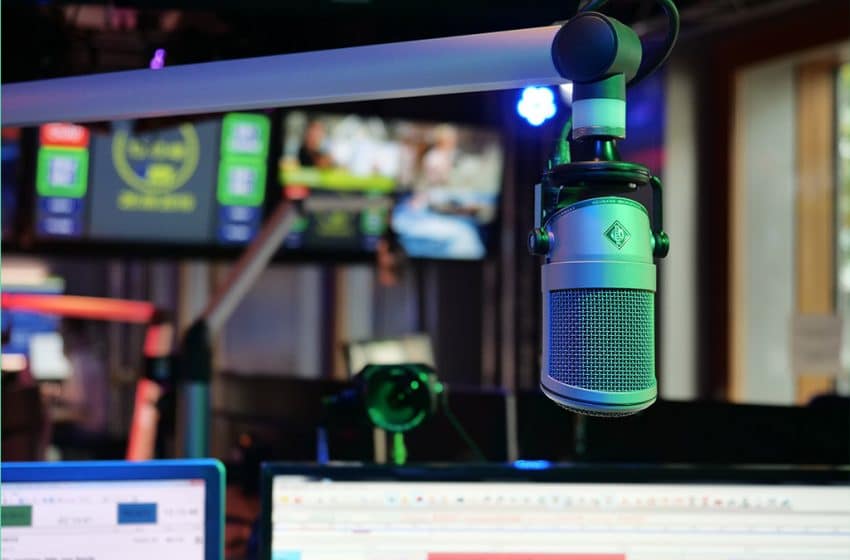
In February, we celebrated World Radio Day 2023. The first World Radio Day was held in 2012. The industry has changed a lot in the 11 years since the event launched, but it still looks roughly the same. The trends and the forces that will shape it over the course of this coming year could have been guessed by many people in 2012, and we anticipate a continuation of the technological shifts that have already been taking place over the past few years. To use a well-worn phrase, this year is more about evolution than revolution, and there are three key trends that are expected to dominate the way the radio industry develops in 2023.
The first trend is remote production, which has gained significant momentum since the early days of the pandemic when many broadcasters had to adopt it rapidly just to stay on air.

Much heroic work was done by many people in those initial weeks and months, but now is the time to look at the systems set up to deal with remote workflows in haste and optimize them for the long run. This is one genie that is not going back in the bottle — the flexibility and cost-effectiveness of remote is too beneficial to ignore — but we can make these systems better; moving away from heavy install products, for instance, to more lightweight solutions that can be used on a normal computer with a web browser.
The goal is to provide flexible tools that can replicate the quality and robustness of studio-based solutions while being more agile and being deployed on a flexible basis worldwide. This is all technically feasible in 2023; the industry as a whole just needs to work on the interface.
What else?
The second trend is interlinked, in that it has made remote possible, and that is the move toward the cloud. While the radio industry is a few years behind other industries in adopting cloud technology, the demand for it has accelerated due to the pandemic. A few years ago, the cloud mainly brought with it concerns about communication failures and content storage and security. As the systems have matured and become increasingly mainstream, these worries have dissipated, and the advantages of the cloud — scalability, speed of iteration, the move from CAPEX to OPEX — have made their own powerful arguments. The cloud is now becoming the standard for new installations, although there is still some on-prem equipment used in a hybrid setting, especially in developing countries where connection diversity remains an issue to be solved.
The third trend is the constant growth of outreach channels. In the past, radio programs were linear streams that were scheduled to be broadcast and that was that. However, now content is being created for a multitude of channels, from Snapchat to TikTok to YouTube, Facebook Live and more, and these are becoming increasingly important to broadcasters due to their ability to enhance listener engagement.
They also bring with them a nonlinear mode of listening that is requiring stations to build different versions of content for each outlet. This trend is, in turn, leading radio in the direction of a story-centric method of constructing programs, where content is thought of as containers or projects with components that can be repurposed in a number of ways. The workflow is very different and requires much reorganization, but the benefits are huge once it is in place.
The future
In addition, there are also several trends that will shape the next 11 years, and will help shape the discussion during World Radio Day 2034. First, A.I. and machine learning is starting to have an increasing impact on the industry. It is already used to automatically create text from speech, speeding up the process of searching through audio production systems, and with the introduction of Generative AI systems, such as ChatGPT, this is only going to accelerate.
And lastly, sustainability. This is a topic that will only become more important in future years and will become a growing concern in the industry, as the focus on renewable energy and ESG policies becomes more important, both to businesses and their listeners.
The future? It is one of producing radio using lightweight clients on web browsers, allowing journalists and producers to leverage AI-powered assistants to create engaging content for various platforms via seamless collaboration with colleagues on a global basis. And in 2023, it will become that bit closer.
The author is vice president of consulting services for CGI.





















